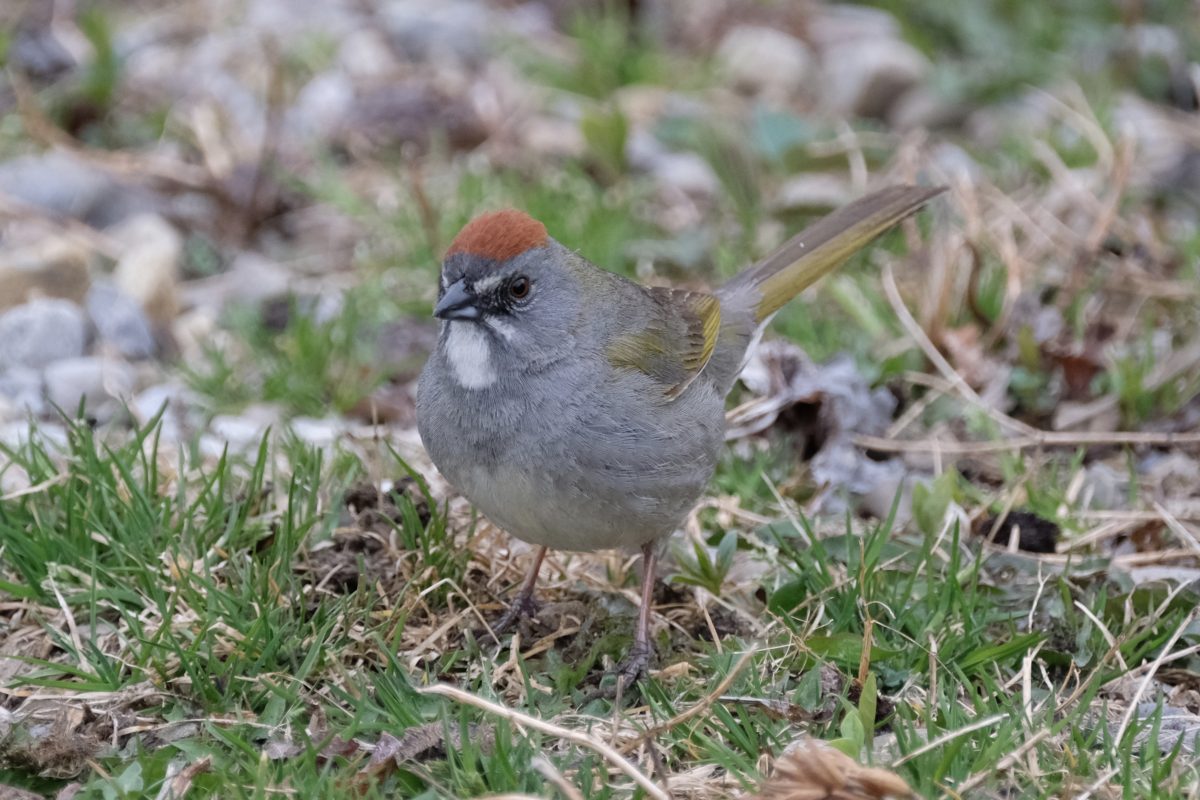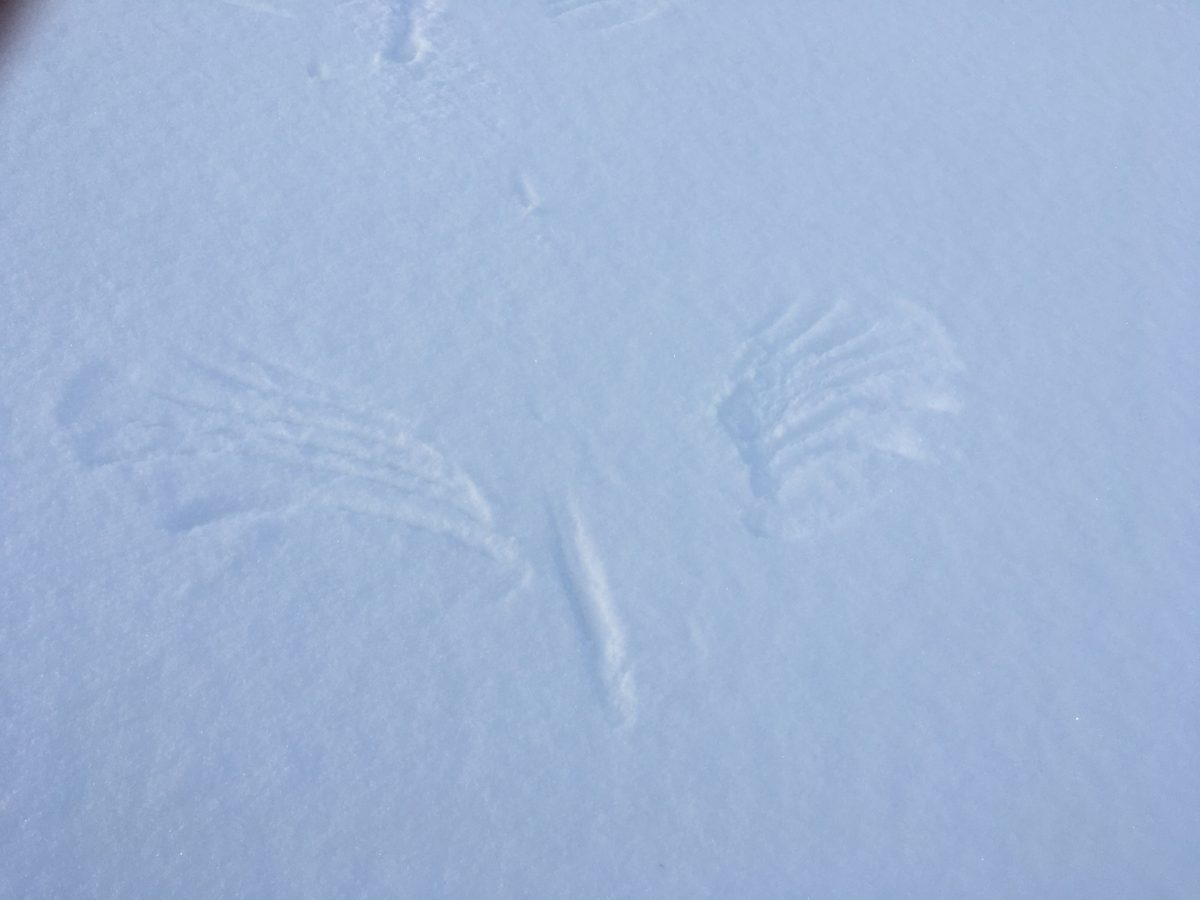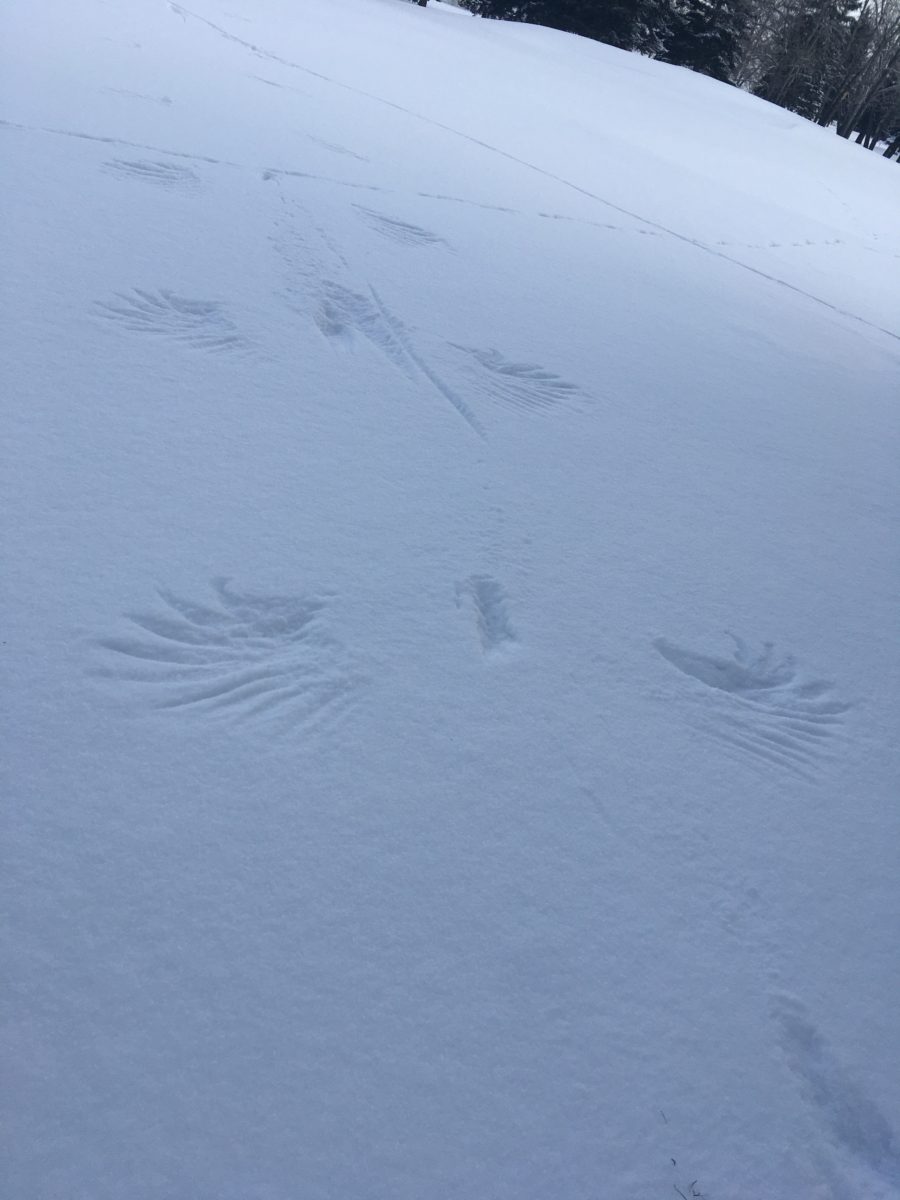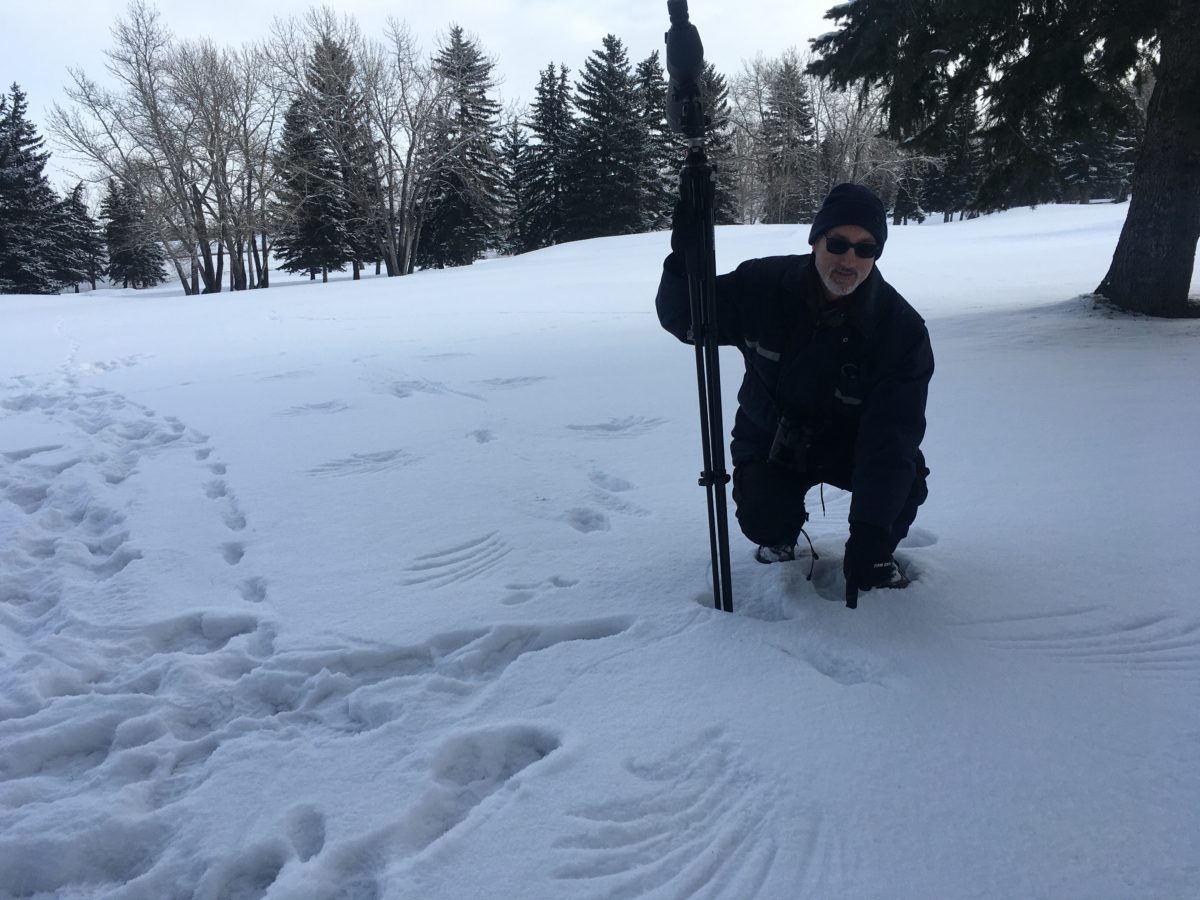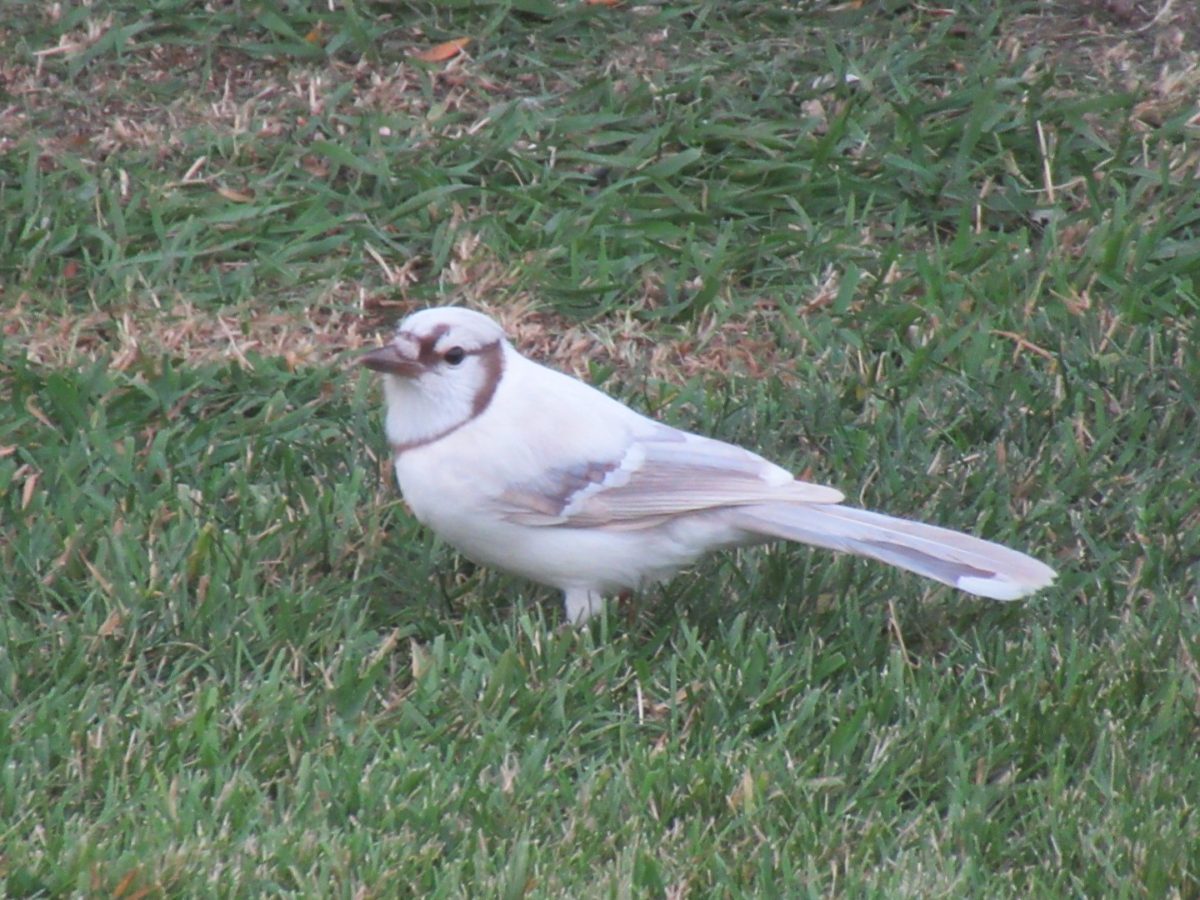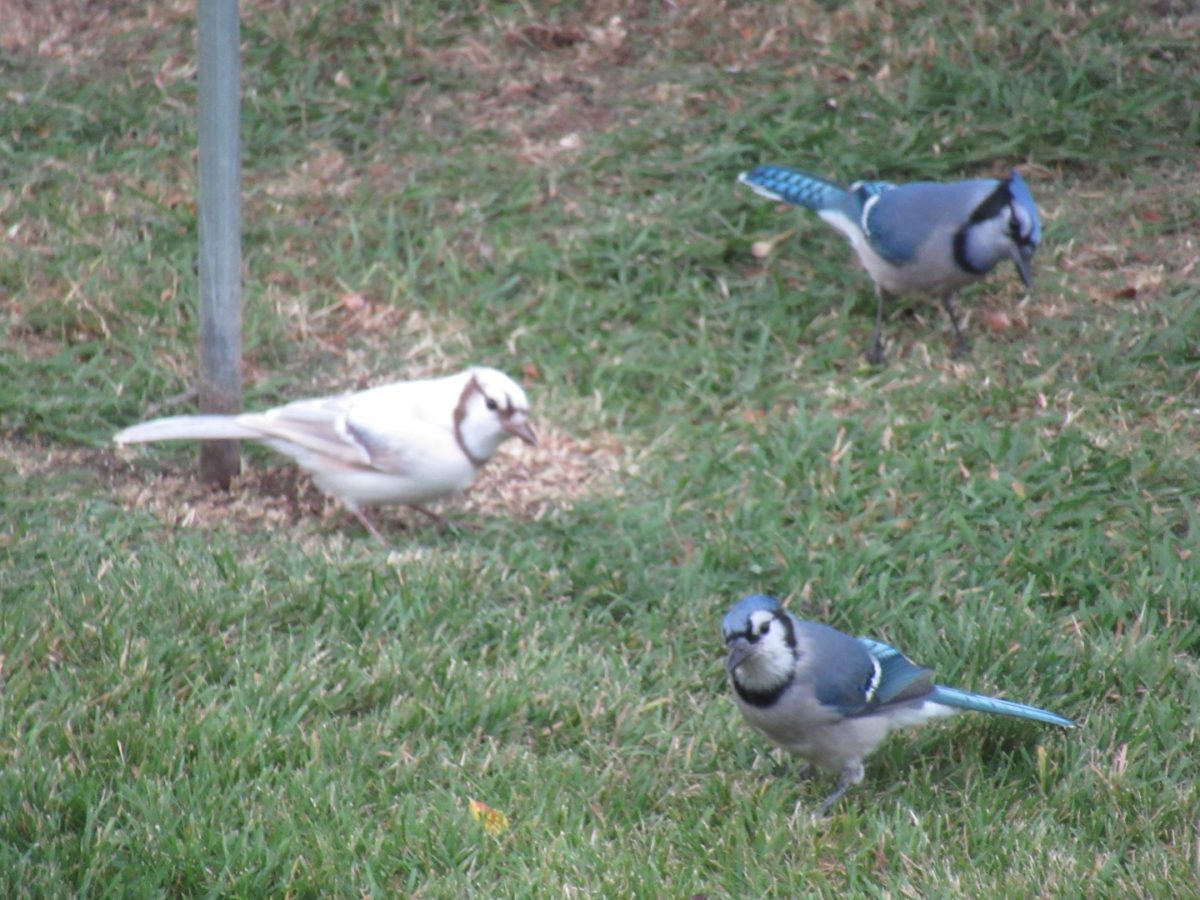The next Calgary Birds & Beers meeting will be this coming Friday at the the Horton Road Legion. There will be a presentation by Bob and Dianne Leonhardt about their 2022 trip to Elk Island and Cold Lake parks.
Royal Canadian Legion, Centennial Calgary Branch #285,
9202 Horton Road SW.
Friday February 10, 2023, 6:00-9:00 pm
We start at 6 pm, and there will be time for socializing, eating, and drinking before the presentation begins after 7 pm. Here are the details of the talk.

Gas Yaki Walk 2022: A camping trip to Elk Island National Park and Cold
Lake Provincial Park by Bob and Dianne Leonhardt
In 2017 a group of us hiked across Southern Alberta with our friend and outstanding naturalist,
Gus Yaki. Since that time some of the group, and anyone else who was interested, has been
conducting an annual trip involving exploring some of the beautiful scenery and wildlife in
Alberta and Saskatachewan. In 2022 we traveled north to visit Elk Island National Park and
Cold Lake Provincial Park. Elk Island, only about 35 kilometres east of Edmonton, is a
wonderful location for seeing wildlife and doing some hiking. Cold Lake, about 250 kilometres
north east of Elk Island, is one of the premiere places in Alberta to witness the spring migration
of warblers.
_______________________________
Everyone is welcome to attend. See you there!







